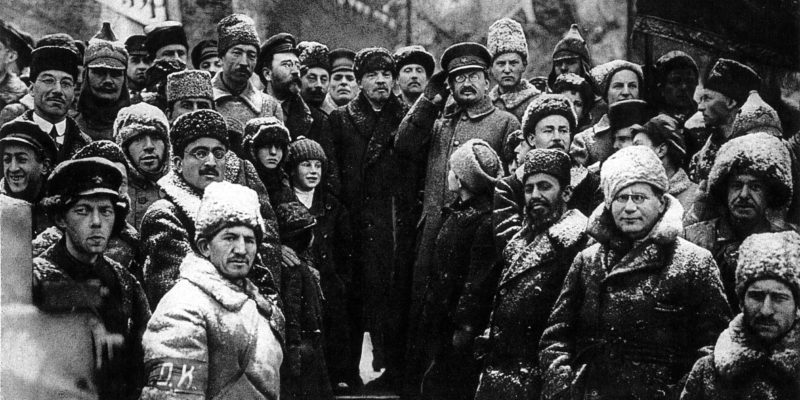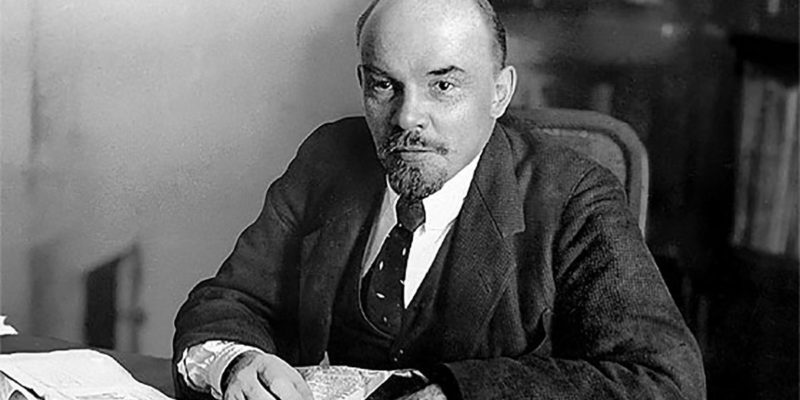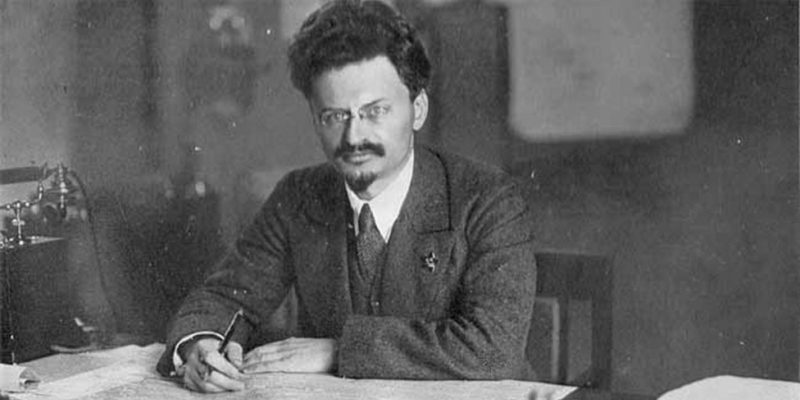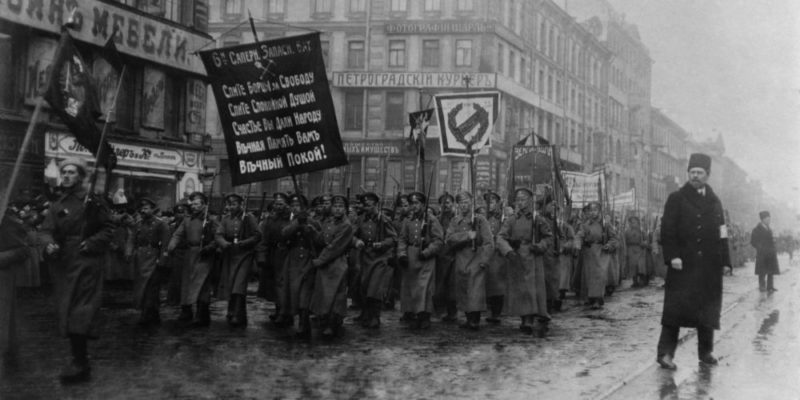We explain what the Russian Revolution was and what its causes and consequences are. Characteristics and phases of this historical fact.
What is the Russian revolution?
The Russian revolution encompasses all the political, social and economic events that culminated in the overthrow of the tsarist regime and established the Leninist one in 1917, between February and October. This revolution was made possible, among other things, by the weakening of the army during the First World War .
The historical importance of the Russian revolution lies in the fact that it was commanded, in the first place, by workers and soldiers , it was the people who overthrew the dynasty of the Tsars, a fact that translated into the fall of absolutism and the implementation of a communist government. . In this way, the working class guided the politics of Russia.
Causes of the Russian Revolution

- Economic causes. The First War claimed the balance of millions of men in the army, there was a shortage of workers on the farms and in the factories. Food was not enough. The workers worked between twelve and fourteen hours for low wages and post-war inflation worsened, a situation that led to general revolts. The Tsar repressed the peasantry and they took over the transport networks. By 1917, the famine had spread.
- Social and political causes. Russian society was mostly made up of peasants, who had few rights, the plots they could work were very small. With the First War and its demand for production, the situation worsened. Cities required factory labor and became overcrowded, further marginalizing workers.The Tsar responded with violence to the claims. He was made responsible for the lack of supplies for the soldiers and for the prisoners of war and the disappeared. The DUMA warned in 1916 that Russia would crumble if it did not reform.
Consequences of the Russian Revolution
- Overthrow of the absolute monarchy of the Tsars
- The power of Russia against the world, whether in the scientific, economic, political or military field.
- The establishment of communism, with the creation of the communist Federative Republic which was renamed the Union of Soviet Socialist Republics (USSR).
- The division of the world in two: on one side was Capitalism and on the other, Communism. This opposition resulted in the Cold War .
Measures of Lenin during the Russian Revolution

Lenin ruled a Federal Socialist Republic, which was run by the Soviets. He abolished private property and confiscated land ; These and the factories passed into the hands of the workers and the banks and the commercial sector were nationalized.
He agreed to an armistice with Germany and Austria-Hungary , known as the “Treaty of Brest-Litovsk”. Russia promised war compensation and withdrew from the First World War conflict by renouncing Poland and the Baltic States.
Marxist theory
The Russian Revolution was based on Marxist theory, which upholds the denial of private property and social equality . The historical class struggle is recognized and the dictatorship of the proletariat is enunciated .
First phase of the Russian Revolution
The first stage of the revolution is marked by the fall of the Tsar and the assumption of Alejandro Kerensky as the first president of the Republic (February Revolution). The workers and soldiers were led by the Mensheviks , moderate socialists. Among them a council was organized that represented the working class, the “Soviet”, of great influence in the establishment of the Republic.
Second phase of the Russian Revolution

Radical socialists, generally Bolsheviks, took it upon themselves to liquidate the old regime by creating the Federal Communist Republic . Lenin was the leader of this revolution. The peasants and soldiers turned against the provisional government under his leadership, which prayed “All power to the Soviets” with the fertile promise of “Peace, land and bread”.
Lenin assumed the government of Russia on October 25 of the national calendar , which is why this revolution was known as the October Revolution. His government was backed by Leon Trotsky, who was head of the Red Army.
RSS
Led by Trotsky and Stalin, Lenin established the communist government called the Union of Soviet Socialist Republics (USSR) . It was composed of the People’s Commissars, public administrators, the head of the Council, who is the Prime Minister, director of international politics and head of the Communist Party of Russia. The workers chose their representatives at the General Congress of Soviets.
russian civil war

The Civil War followed the October Revolution of 1917 . Opponents of the government (landowners, churches , high-ranking military) wanted to end the revolution. The country was thus divided between the counterrevolutionaries (white army) and the Bolsheviks (red army). Although the former had international support, after three years of war the Bolsheviks triumphed.
Russian Revolution Art
With the government of Lenin appears the art of the avant-garde, focused on abstraction (Kazimir Malevich). Later, with Stalin, socialist realism emerged , of a propagandistic nature, which put an end to the avant-garde (Aleksandr Gerasimov).
Communism in the world
During the mandate of Lenin, there are global repercussions of the communist ideal: Rosa Luxemburg in Berlin and Bela Kun in Hungary .
The above content published at Collaborative Research Group is for informational and educational purposes only and has been developed by referring reliable sources and recommendations from experts. We do not have any contact with official entities nor do we intend to replace the information that they emit.














